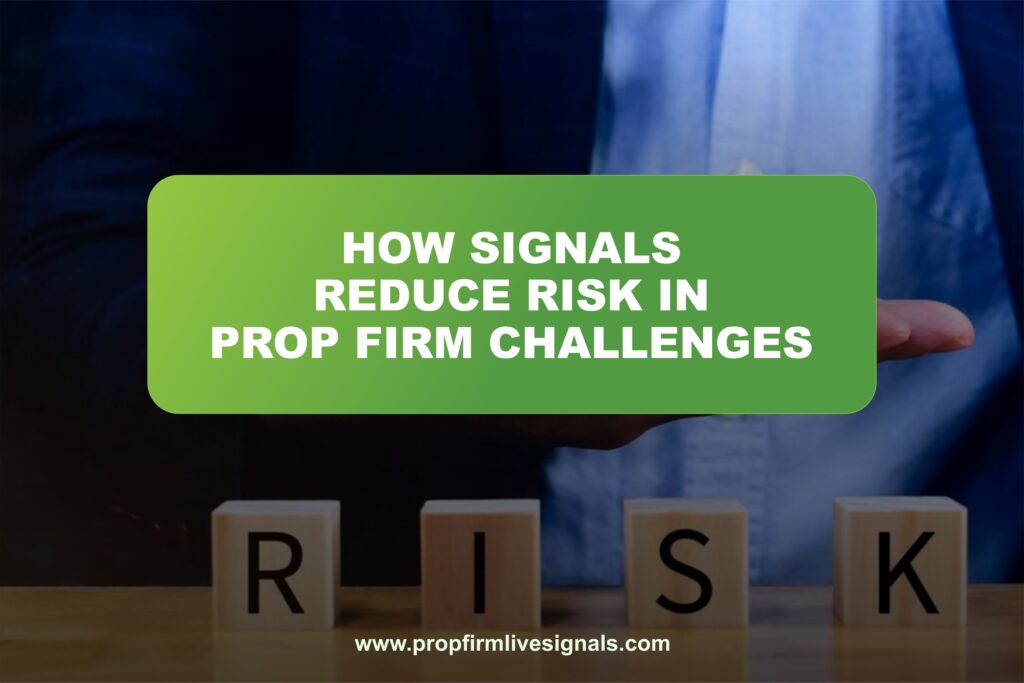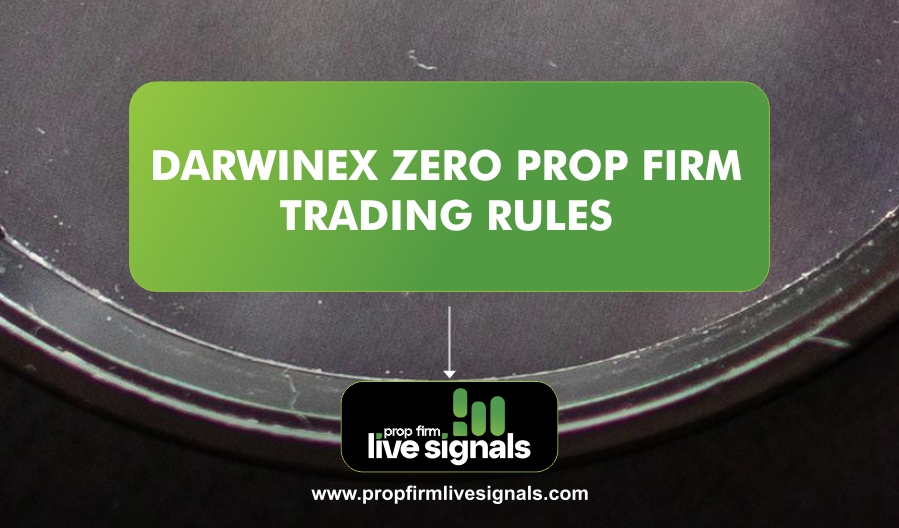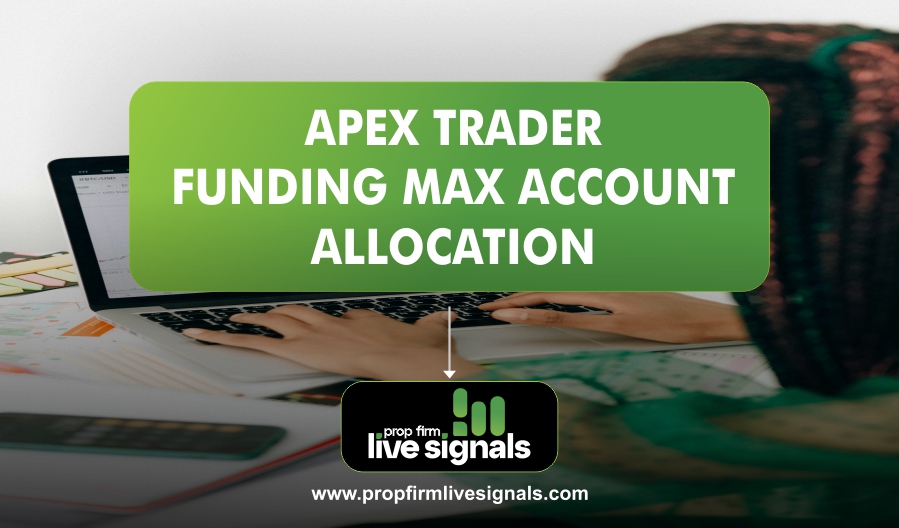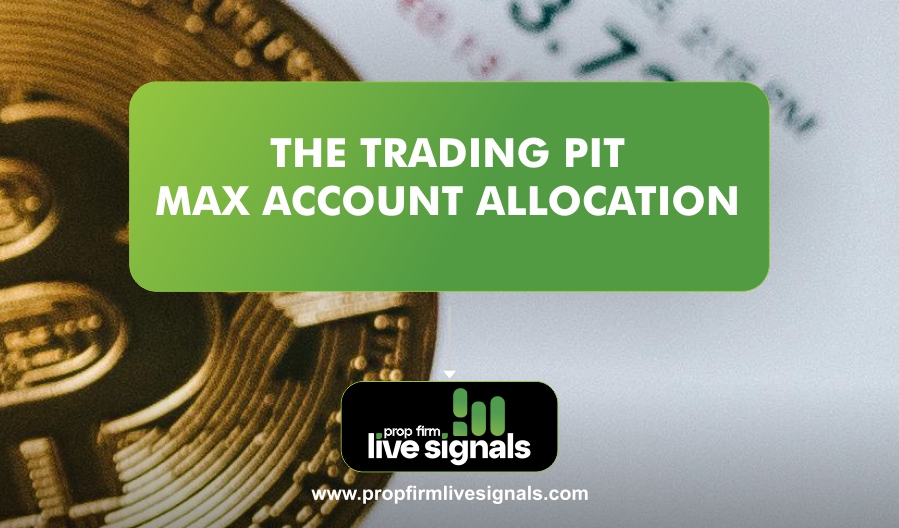These challenges test a trader’s ability to generate consistent profits while adhering to strict rules, such as maximum drawdowns and daily loss limits.
One of the major reasons traders fail in prop firm challenges is because they are unable to manage risk. However, trading signals are an efficient way to reduce risks and boost the chances of success.
In this article, we look at how trading signals minimize risk in prop firm challenges. We’ll talk about how trading signals work, their advantages, and how to integrate them into your trading strategy to meet the strict prop firm requirements.
Whether you are a beginning trader or a seasoned expert, learning how to effectively use trading signals will greatly improve your success rate.
What Are Trading Signals?
Trading signals are actionable insights or recommendations that indicate potential trading opportunities in financial markets. These signals are generated based on a combination of technical analysis, fundamental analysis, and market sentiment. They typically provide key information, such as:
- Entry points: Optimal levels to enter a trade.
- Exit points: Recommendations for taking profit or cutting losses.
- Stop-loss levels: Predetermined price levels to minimize losses.
- Signals may come via mobile apps, by email, social media, and through trading platforms. Normally, traders use the services of signal providers that will go through sophisticated algorithms and/or use experienced analysts, or even both, to be able to provide quality signals.
Why Risk Management is Crucial in Prop Firm Challenges
Prop firms like FTMO, My Forex Funds, and others impose very strict rules when it comes to the evaluation of traders. While profitability is an important criterion, risk management becomes even more important. Here’s why:
1. Maximum Drawdown Limits: Most prop firms impose a maximum drawdown, that is the highest loss allowed on the account. Once exceeded, the trader is automatically disqualified.
2. Daily Loss Limits: Daily loss caps restrict the maximum allowable loss within a single trading day. Traders must remain disciplined to avoid hitting this threshold.
3. Consistency Requirements: Prop firms often assess consistency in trading performance, rewarding traders who maintain steady growth over those who achieve sporadic profits.
How Signals Help Reduce Risk in Prop Firm Challenges
Trading signals can substantially reduce the chances of failure in prop firm challenges. Here’s how:
1. Promoting Disciplined Trading
Trading signals eliminate emotional decision-making by providing traders with a pre-defined plan. Instead of impulsively entering trades based on fear or greed, traders can follow signals that align with market analysis. This discipline helps traders stay within risk parameters, ensuring they do not violate prop firm rules.
3. Improving Decision-Making
Accurate trading signals are generated through comprehensive market analysis, often incorporating advanced tools and algorithms. By relying on these signals, traders can make informed decisions without second guessing their strategies. This reduces the likelihood of taking unnecessary risks or overtrading.
3. Reducing Overtrading
Overtrading is a common mistake among traders, especially during prop firm challenges. The pressure to hit profit targets can lead to excessive trading, increasing exposure to losses. Signals help traders focus only on high-probability opportunities, ensuring that each trade aligns with their overall strategy.
4. Maintaining Risk-Reward Ratios
Trading signals often include clear stop-loss and take-profit levels, which help traders maintain a favorable risk-reward ratio. For example, a signal with a 1:3 risk-reward ratio ensures that potential profits outweigh potential losses. This disciplined approach minimizes the impact of losing trades on the overall account balance.
5. Avoiding Common Trading Pitfalls
It guides traders away from common mistakes such as overtrading the market or entering trades at the worst liquidity periods. This is very critical in prop firm challenges where a poor timing of entry or exit could lead to large drawdowns.
6. Leveraging Professional Expertise
Experienced analysts and complex algorithms generate many trading signals. The trader can use the knowledge of experts that otherwise might be inaccessible. The experience can help in understanding turbulent markets and preventing unnecessary risk.
7. Signal Strategy Customization
Other signal providers can customize their signals to suit each trader’s goals and risk tolerance. In the context of prop firm challenges, traders can choose signals that fit their required risk management threshold to ensure they are in compliance with the prop firm’s rules.
Integrating Signals into Your Trading Approach for Prop Firm Challenges
To maximize the benefits of trading signals, traders must integrate them into their broader trading strategy. Here are some tips for doing so effectively:
1. Choose a Reliable Signal Provider
Not all signal providers are created equal. Research providers thoroughly, focusing on their track record, accuracy, and reviews. A reliable provider with a history of consistent performance is indispensable to reduce risk.
2. Understand the Signals
Before acting on a signal, ensure you understand its rationale. Familiarize yourself with the technical or fundamental analysis behind the signal, as this will help you make informed decisions.
3. Combine Signals with Personal Analysis
While signals are valuable, they should complement, not replace, your own analysis. Use signals as a guide but verify their validity through your research to build confidence in your trades.
4. Implement Strict Risk Management
Even with the most accurate signals, risk management is not up for discussion. Always set stop-loss orders and position sizing to protect your account from going into a complete loss in a single trade.
5. Evaluate Signal Performance
Check on the performance of your used signals regularly. Track metrics such as win rate, risk-reward ratio, and overall profitability to conclude if the signals fit your goals.
Want to take your trading to the next level?
Take advantage of our LiveSignals, your go to resource for dependable, real-time trading signals, you can eliminate uncertainty from trading.
Propfirmlivesignals is the answer to your constant success in the markets!
You will always be on top of your game with expert analysis and real-time updates. Never let this chance slip away to supercharge your trading journey.
More Info Click here.
Frequently Asked Questions (FAQs)
How do trading signals reduce risk?
- Trading signals reduce risk by promoting disciplined trading, avoiding emotional decisions, maintaining a favorable risk-reward ratio, and focusing on high-probability trades. They also help traders comply with prop firm rules like daily loss limits and maximum drawdowns.
Should I rely solely on trading signals?
- No, it is not recommended to fully depend on trading signals. They should be used in complement with your analysis and trading strategy. Verify recommendations of the signals and combine them with your research for the best results.
What should I look for in a signal provider?
- Go with a provider who has proved their work in terms of accuracy, transparency, and steady performance. Check for feedback, performance metrics, or whether the provider explains the reason behind the signals.
Are trading signals suitable for beginners in prop firm challenges?
- Yes, trading signals may help a beginning trader because it offers guidance while reducing much guesswork. However, even a beginner should learn something about risk management and fundamentals of trading to take maximum advantage of the signals.
How do trading signals help with risk-reward ratios?
- Most of the time, signals already have predetermined stop-loss and take-profit levels, making the trade automatically fit a good risk-reward ratio. For instance, a 1:3 risk-reward means the potential profit is three times the potential loss, which will dampen the effects of losing trades.
Can I customize trading signals to fit prop firm rules?
- Some providers can also be customized for changing signals, given the trader’s risk and the prop firm requirements. In case you want that to happen, ensure that it is supported by the provider.
What happens if I act on a bad signal during a challenge?
- Even with the best signals, losses are inevitable. Always follow proper risk management practices to minimize the impact of a bad signal. These include limiting your position size and using stop-loss orders.




